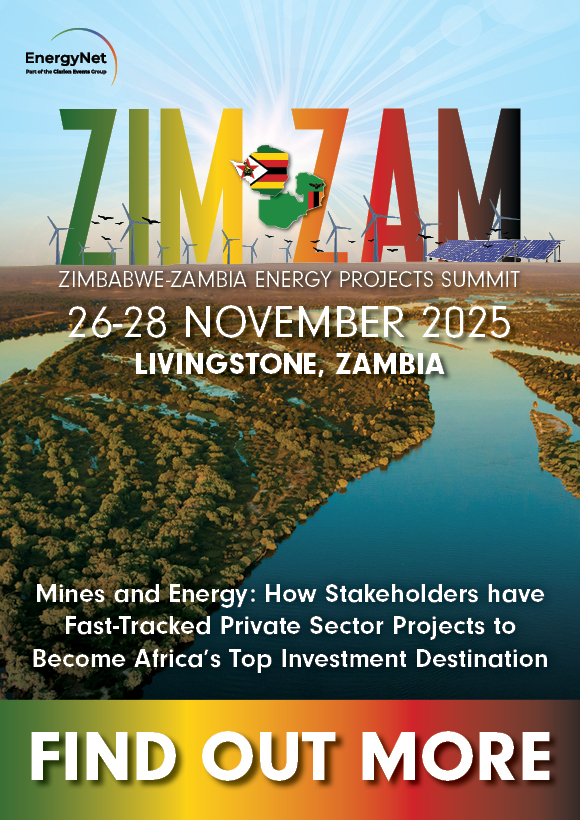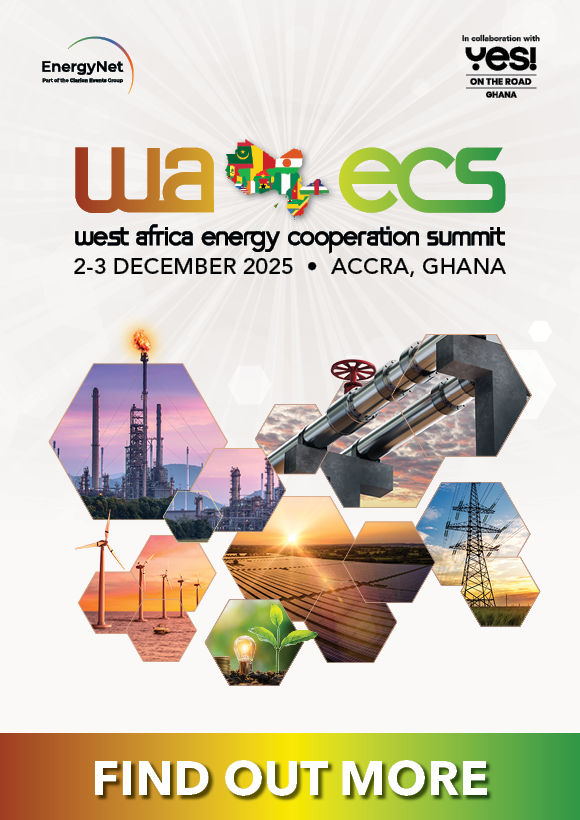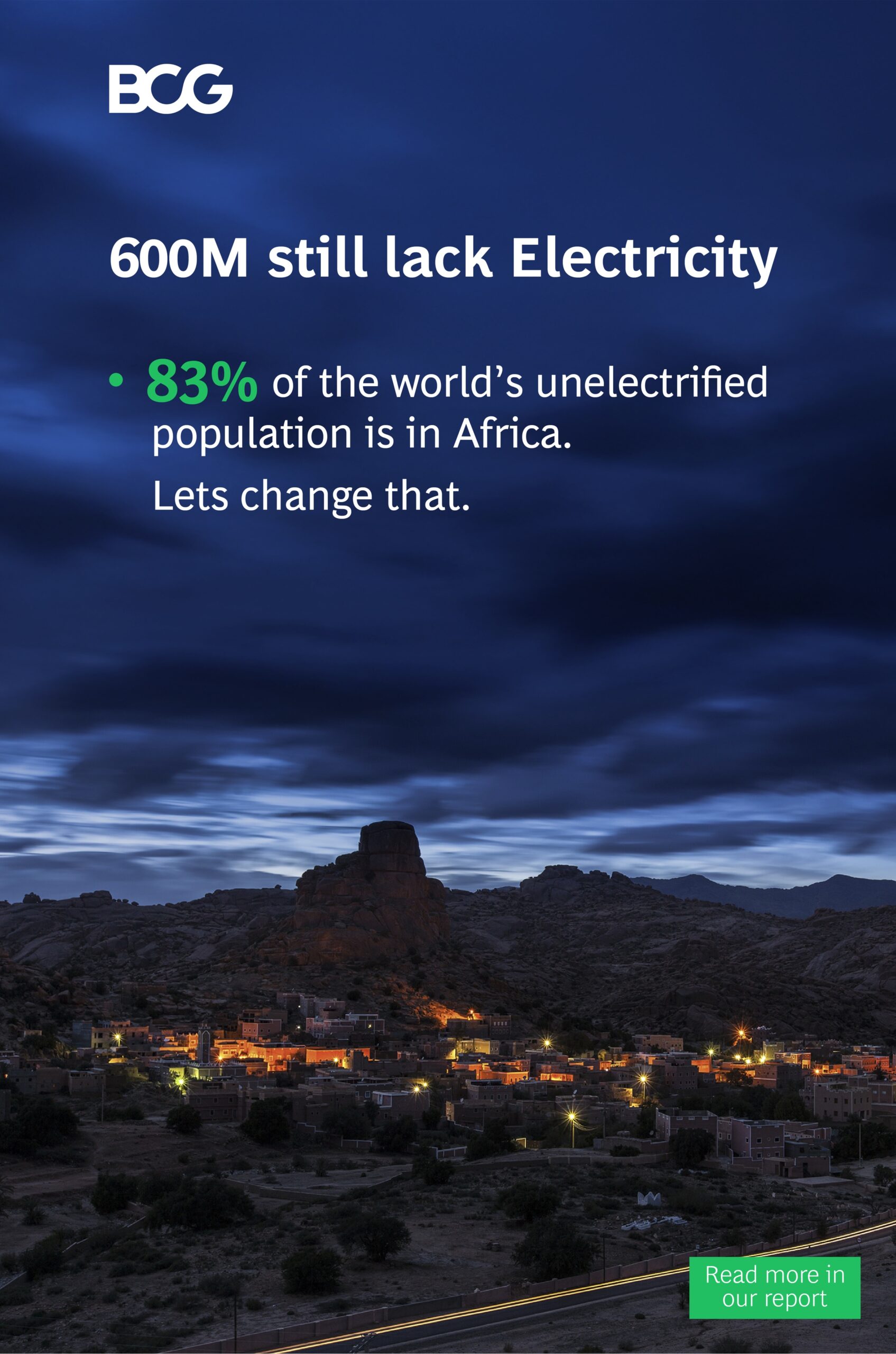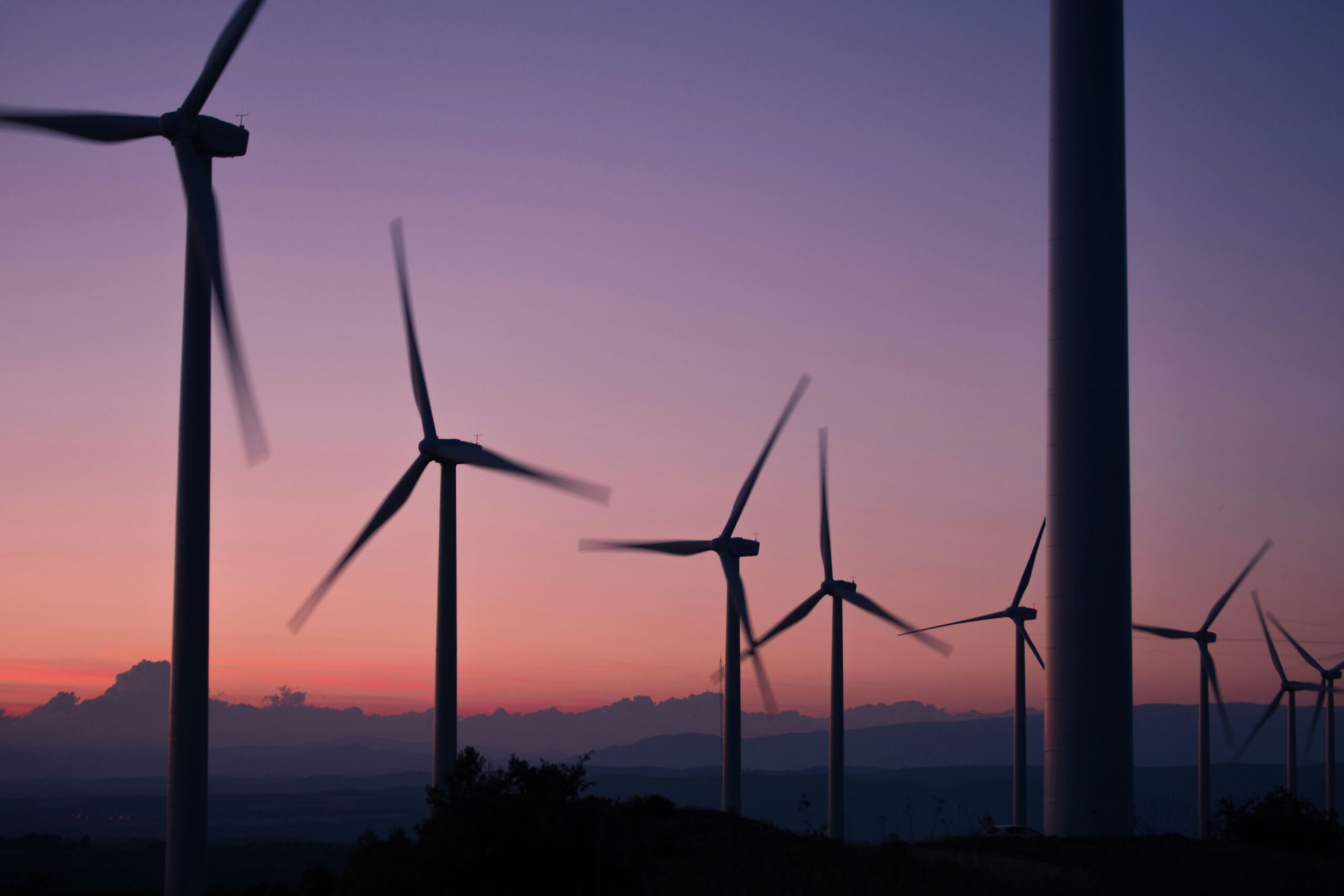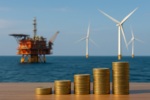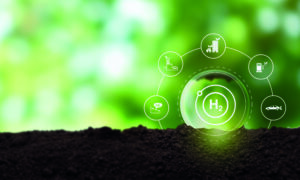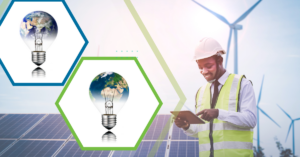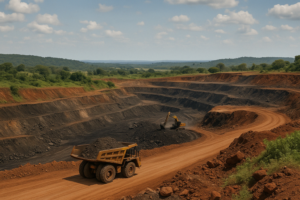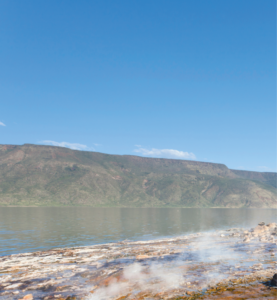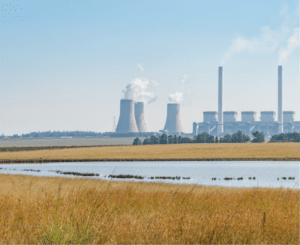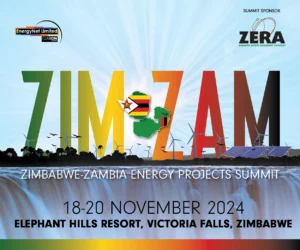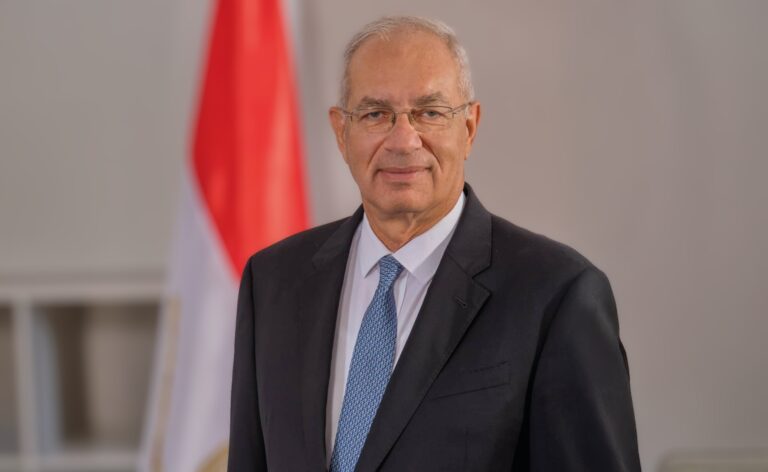
Making Egypt a Green Hub
Yehia Zaki talks to Bill Lumley about the way the SCZONE is embracing renewables and its ambitions for becoming a hub for renewable energy products in Africa and the region.
Eng. Yehia Zaki is the Chairman of the Suez Canal Economic Zone (SCZONE), an Egyptian Authority responsible for the management and the operation of 461 km2 of industrial and logistic parks alongside the banks of the Suez Canal, as well as six sea ports distributed on the Mediterranean and the Red Seas, aiming to transform the diversified area into a world-class global logistics hub and industrial processing center that serves the European, African and Asian markets, including the GGC market, to facilitate economic growth and create sustainable and high quality jobs for the Egyptian people.
Here he talks to Bill Lumley about the way the SCZONE is embracing renewables, its ambitions for becoming a hub for renewable energy products in Africa and the region.
Can you outline some of the key clean energy projects taking place or in the planning stage in Egypt?
Egypt enjoys comparative advantage stemming from its abundant renewable energy sources generated from wind and solar resources, its flagship project is “Benban Solar Park”, a major venture for renewables in Southern Egypt, which is being completed in partnership with the private sector. The project is touted as the biggest solar photovoltaic park in the world, in alignment with Egypt’s commitment to 42% of its power to come from renewable sources by 2035.
Part of Egypt’s renewable energy resources is south of the SCZONE which is very well-equipped for wind generation, and that is set to be one of the largest wind farms in the world, in addition to solar and other projects set to be taking place. In the SCZONE in particular we have already started to develop a power station for renewables, and for that we have currently received 17 proposals for the establishment of a 700GW solar production plants, and this is a model to be replicated in the future.
Having said that, Egypt has embarked on a number of key projects related to global decarbonisation commitments, leveraging on its robust transmission network and the unique geographical location with ease of access to the world specifically to Europe and Asia; and with emphasis on the integration between SCZONE’s industrial parks and seaports, which qualifies it to produce green hydrogen and green ammonia, Egypt is positioned to be a global powerhouse in the green energy value chain.
In light of all that, the SCZONE will house the industrial segment, or what I call the “downstream”, for the production of green hydrogen for the purpose of producing green ammonia and e-methanol for the exportation and green bunkering activities
While the geographical location of the SCZONE around the Suez Canal is not necessarily the best location for wind and solar power generation, we work hand in hand with the relevant Egyptian stakeholders to have this “upstream” segment happen at a different location outside the geographic boundaries of the SCZONE, and transmitted to the industrial park at SCZONE, where it can be utilised for the green fuel projects.
What challenges have occurred in attracting investment for these kind of developments, and how have these challenges been overcome?
With the complexity and integration of similar projects, and the level of coordination between various stakeholders, I prefer to call it “Program”, and not just development or project, yet representing the SCZONE there were certain challenges in securing these programs. The most significant of which is getting the private sector involvement, keeping an eye on making it a lucrative investment opportunity eligible for finance, in addition to coordinating its operational model by connecting it to the national power grid to achieve the green production.
When talking about wind power generation, another key challenge arose, related to the height of the wind masts, which is now under review. Approvals have been granted to increase the turbine hights, which will give a big technical boost to the scope of possibilities of renewable generation.
So, the challenges are basically around how to finance, liaising with the private sector and addressing occasional technical challenges; however, all these challenges are now being addressed thoroughly in different ways resulting in a great improvement in the situation.
In the SCZONE we have created a downstream for connecting and generating the production of green hydrogen capitalizing on linking to renewable solar and wind which will enable us to build the plants necessary to produce sufficient quantities of ammonia and hydrogen. We have already signed a number of Memorandums of Understanding and hopefully by October of this year, prior to COP27 scheduled in Egypt in November 2022, we will be ready to receive Final Investment Decisions and sign binding agreements. This will be timely challenging but I am optimistic we will reach a good consensus by then.
What are the main challenges to overcome with regard to green hydrogen?
The challenges are immense. The world is changing definitely, technology is changing and means of finance are taking on different shapes. Then of course the geopolitical situation is presenting its own challenges. So we are very careful how we address this embarking on this program. Again, I call it a program because it revolves around a number of projects forming a comprehensive model to be taken to a number of locations around the world.
The Green Certification is another thing we are considering now as well and aligning it with the international experts. At the end, I wouldn’t call these challenges, I would rather call them first movers’ advantages!
What will the ultimate achievement (vision) be if green hydrogen is successful?
We consider Egypt, and the SCZONE in particular, are set to become a hub in the region for what will be needed in the very near future of green hydrogen and green products. On the one hand we enjoy the ability to generate solar and wind energy, where investments and developments of their plants in relevant areas are underway. At the same time, we benefit from the Suez Canal itself, as a main global maritime route, and the SCZONE that surrounds it to ultimately respond to the world’s needs.
Our vision is clear to become a hub for green ammonia and green hydrogen and we are taking all the necessary steps in providing the incentives for this emerging industry to start at the SCZONE very soon and just to grow from here.
At the current pace things developing, we are addressing pilot projects as early as next year. Less than a year from now we will have the pilot projects completed and operational in the SCZONE. Nevertheless, the SCZONE is incubating the first project for green ammonia, that is currently under construction and its commercial operation date is set for October 2022.
Do you expect Egypt to be able to share the lessons it learns and the technologies it creates with other nations?
Definitely this is something that goes without saying. Technology is changing, and the whole scheme is to the advantage of the entire world. We don’t just want to localise and become a regional hub for production, but we also want to share with the international community how to engage with better production plans and discuss at a technical level how we can improve on production and the manufacturing components. So we are definitely eager to share the lessons we have learned with the international community.


